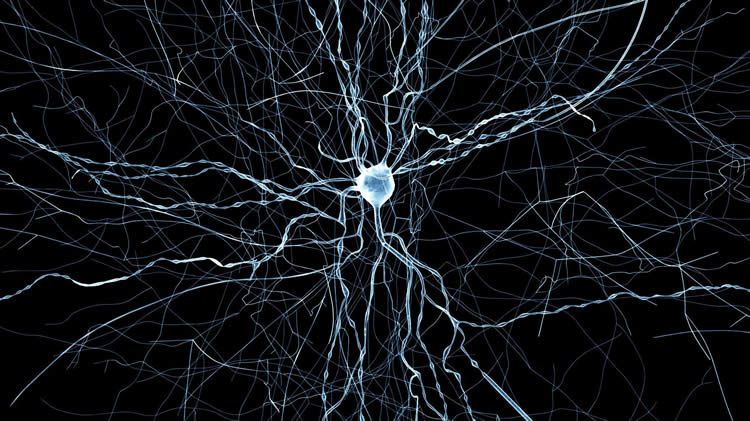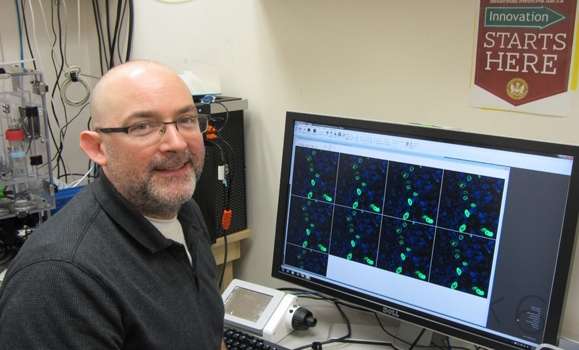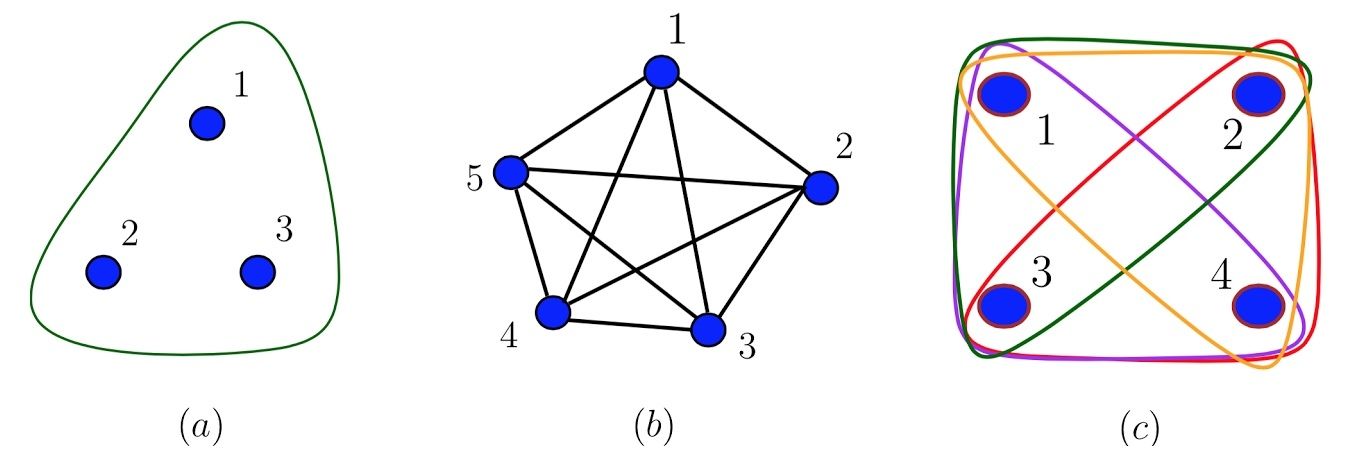Mar 4, 2016
Watch Monkeys Drive Wheelchairs With Just Their Thoughts
Posted by Karen Hurst in categories: computing, neuroscience, Ray Kurzweil, singularity
https://youtube.com/watch?v=L2O58QfObus
At this rate, we may see Ray Kurzweil’s vision of connected humans to the cloud and full singularity before 30 years.
Duke University scientists have given a pair of monkeys the ability to drive a wheelchair with their thoughts alone. The work is described in a paper recently published in the journal Scientific Reports and adds to a growing body of work in brain-machine interfaces aiming to return some freedom to the severely disabled.
Continue reading “Watch Monkeys Drive Wheelchairs With Just Their Thoughts” »


















